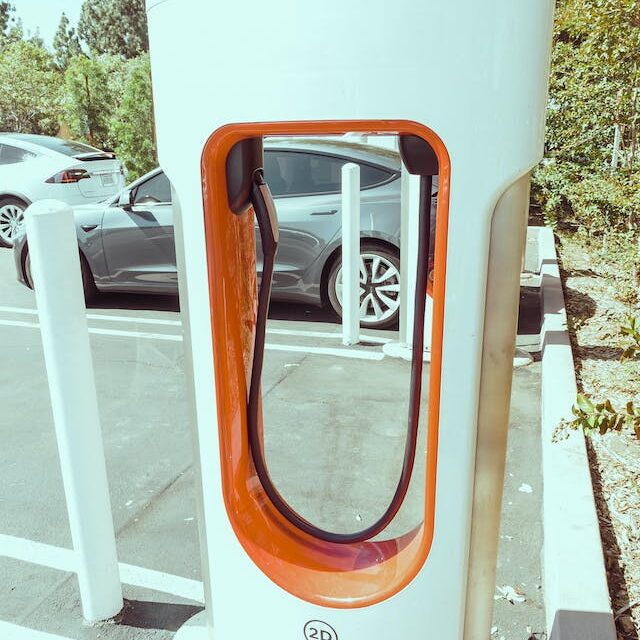For the longest time, the automotive industry didn’t change very much. Most of the changes that customers could see were relatively superficial design changes. Most of the important changes affecting the industry were incremental ones, having to do with making more cars for less money. However, a combination of recent technological and social changes have created some seriously disruptive changes over the last few years, with more of the same expected this year.
One of the major trends affecting the automotive industry is the ongoing problem with the supply chain. Certain parts, particularly semiconductor chips, have become difficult and expensive to source, creating manufacturing difficulties. Another big trend involves a move to use greener, more environmentally-friendly parts. However, the most important trends are the development of several important new electronic technologies.
Electric Vehicles
Back in 2010, electric vehicle sales were practically non-existent. However, they have climbed steadily every year since, skyrocketing in 2020, a year when car sales declined overall. Electric vehicle adoption has clearly reached an inflection point, with EVs expected to account for more than 10% of new car sales by the end of the year. This is due in no small part to advances in EV technology, making the cars both more efficient and more affordable. Electric vehicles are also easily accessible as their are businesses devoted to supplying them to the public, such as Edmunds.
EV Charging Infrastructure
The growth of the EV charging infrastructure industry goes right along with the growth of the electric vehicle industry. Every state in America now has at least a few charging stations, and some have dozens. Recent technological developments have made the charging stations more efficient, and therefore a greater return on investment, so expect the growing number of electric vehicles to be followed by a wave of charging infrastructure development.
Silicon Carbide Chips
Electric vehicles place heavy demands on the batteries that power them. That electrical power is routed and balanced by microchips, the same kind as the ones used in computers and phones. Traditionally, these are made of silicon. The recent development of silicon carbide microchips, though, is a game changer. These new microchips handle power so much more efficiently that they stand to boost the range of electric vehicles by as much as six percent.
Flame Retardant Batteries
To meet an electric vehicle’s enormous need for power, manufacturers use lithium ion batteries. They are by far the most efficient way to store large amounts of electricity. Unfortunately, they are also prone to catching fire and, once on fire, are hard to extinguish. However, Teijin Automotive’s development of flame-retardant battery materials could greatly reduce the fire risk, increase consumer confidence, and upend the automotive battery industry.
Extended Reality Technology
The use of virtual reality and augmented reality tools, which are both types of extended reality technology, have revolutionized the auto design industry. Building a physical prototype is expensive and time-consuming, and making changes to a prototype after it is built is even more expensive and time consuming. Creating digital models with extended reality technology is not only much cheaper, it compresses weeks of design time into days.
Connected Cars
Another important new trend is the connected car. A car that is connected to the internet is a car that can talk to other cars, traffic control systems, and more, delivering drivers real-time traffic updates, route planning, passenger entertainment, and a whole host of other personal services. Increasingly, consumers are coming to expect this from their cars.
3D Printed Parts
Finally, improvements in 3D printing technology are allowing manufacturers to produce lightweight, durable auto parts much more quickly and cheaply than ever before. This not only means cars that are cheaper and easier to make, it also means a greater array of design options.
These emerging technologies are set to shake up the automotive industry in every area, from design to manufacturing to sales. That’s a trend that is likely to continue for years to come.





